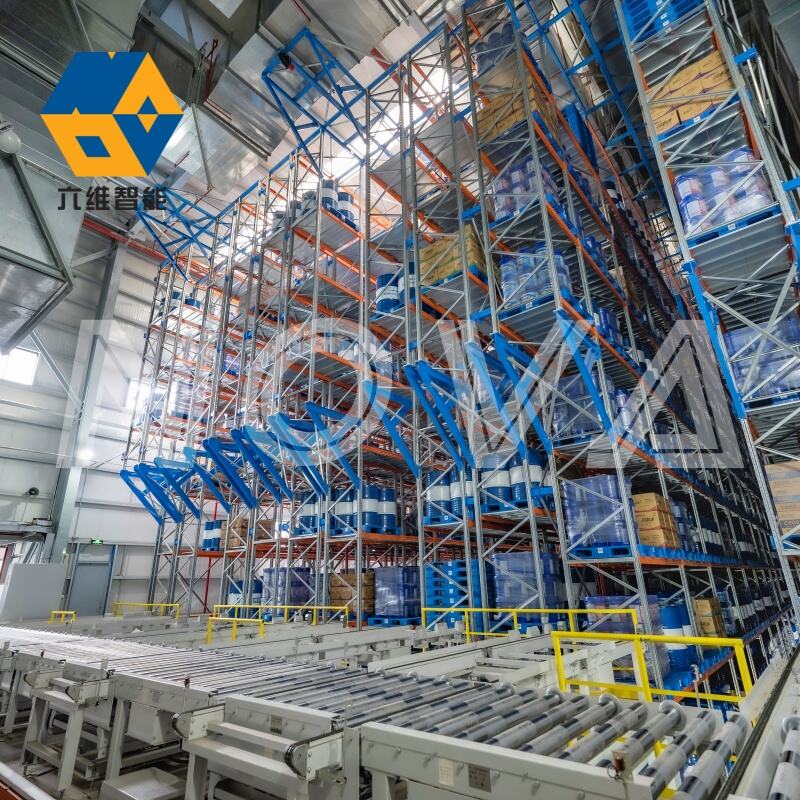automatic storage solution
Automatic storage solutions represent a revolutionary advancement in warehouse management and logistics operations. These sophisticated systems combine cutting-edge robotics, artificial intelligence, and precision engineering to create a seamless, efficient storage environment. At their core, automatic storage solutions utilize automated storage and retrieval systems (AS/RS) that can handle, store, and retrieve items without human intervention. The system employs a network of conveyor belts, robotic arms, and computerized control systems to manage inventory with unprecedented accuracy. Modern automatic storage solutions feature advanced sensors and tracking systems that monitor inventory levels in real-time, while intelligent algorithms optimize space utilization and picking routes. These systems can operate 24/7, maintaining consistent performance levels regardless of environmental conditions or time of day. They're particularly valuable in industries requiring high-volume storage and rapid retrieval capabilities, such as e-commerce, manufacturing, and pharmaceutical sectors. The integration of IoT technology allows for remote monitoring and management, while machine learning capabilities enable the system to adapt and improve its performance over time. Security features include restricted access controls and detailed audit trails for every movement within the storage facility.


